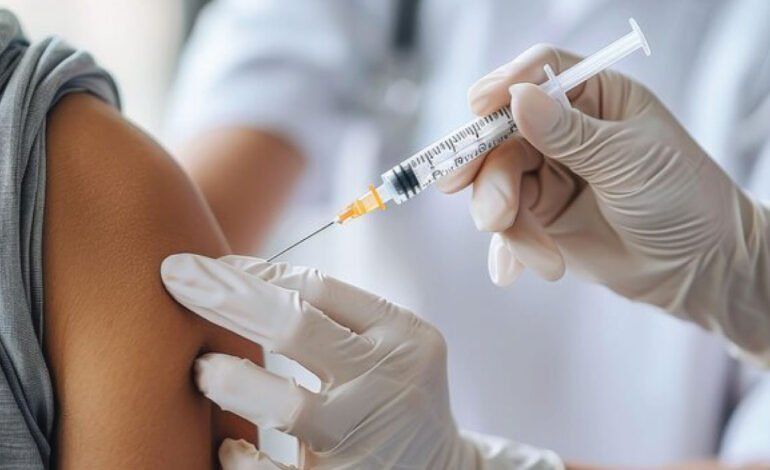HIV Drug Price Revolution: $42K Medicine Can Be Made for Just $40, Study Finds

Price reforms in the pharmaceutical industry are desperately needed, as evidenced by the discovery that a revolutionary HIV drug price of $42,000 annually could be made for as little as $40. Based on a recent study, this conclusion highlights the possibility of facilitating more access to life-saving therapies and so bringing in a new era of affordable healthcare.
A New Hope for HIV Treatment with lower prices of HIV Drug Price
The HIV drug Lenacapavir, which is marketed as Sunlenca by Gilead Sciences, can be made profitably for as little as $40 per year, according to a report released by a team of researchers from several institutions and healthcare advocacy organizations. Comparing lenacapavir against daily oral PrEP drug like Truvada, it has been shown to be 100% effective in preventing the spread of the HIV infection.
The drug’s exorbitant annual cost of $42,000 poses serious questions regarding who can afford to receive this life-saving therapy. This discovery, supported by extensive manufacturing studies and economic analyses, provides greater accessibility and affordability, especially in low- and middle-income nations where the HIV epidemic is most severe.
Benefits and Potential Uses
- Enhanced Accessibility: Millions more people globally could have access to this vital drug if Lenacapavir’s production costs were reduced to as little as $40 annually. This would enable a broader adoption of HIV preventive measures by substantially lowering the financial burden on patients and healthcare systems.
- Progress in Medical Device Integration: The financial savings is in line with continuous initiatives to include HIV prevention into a range of medical technology and equipment. These comprise of sophisticated drug delivery systems and wearable health monitoring that guarantee prompt and reliable medicine administration.
- Global Health Impact: Reducing the price of HIV medications may result in fewer new infections, a decline in the disease’s prevalence, and a large reduction in the medical expenses related to treating HIV-positive people.
Upcoming developments in HIV treatment
Lenacapavir and other HIV drug may become less expensive in the future, which is a sign of a larger movement in favor of more reasonably priced healthcare. Several themes are anticipated to emerge as pharmaceutical companies continue to look for ways to cut manufacturing costs without sacrificing efficacy:
- Generic Drug Production: As more affordable generic versions of expensive medications become available, costs will continue to decline, enabling more people worldwide to receive treatments.
- Innovative Delivery Systems: New approaches to HIV medication administration, such as injectable implants and microneedle patches, will decrease the requirement for daily dosage and increase patient compliance.
- International Partnerships and Licensing Agreements: In areas where HIV prevalence is high, partnerships between governments, non-profits, and pharmaceutical companies will be extremely important in guaranteeing that necessary treatments are affordable and accessible.
Conclusion
An important advancement in the battle against HIV has been made by the research that suggests a sharp drop in the price of lenacapavir may occur. The healthcare sector can take a significant step toward eliminating the virus and enhancing the quality of life for millions of people globally by lowering the cost and increasing accessibility to this life-saving drug. In order to ensure a healthier future for everybody, this development highlights the significance of continued research and cooperation in the pharmaceutical industry.




















